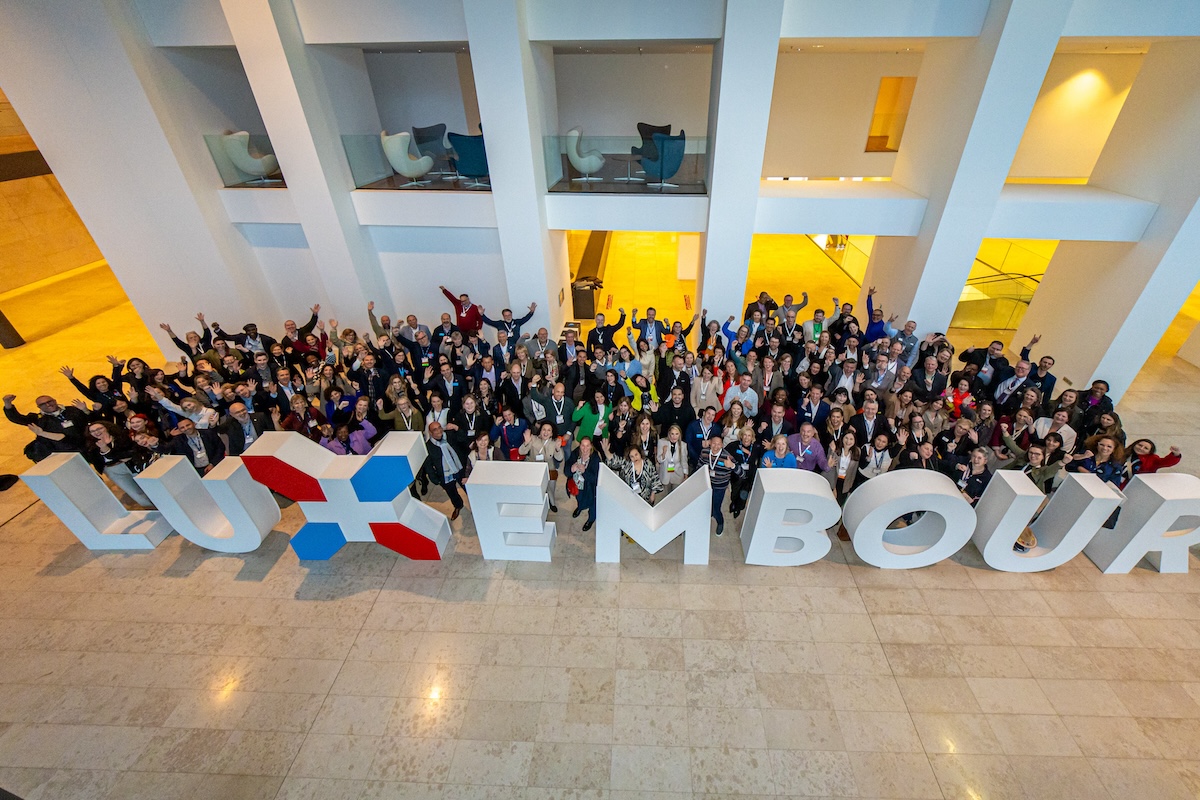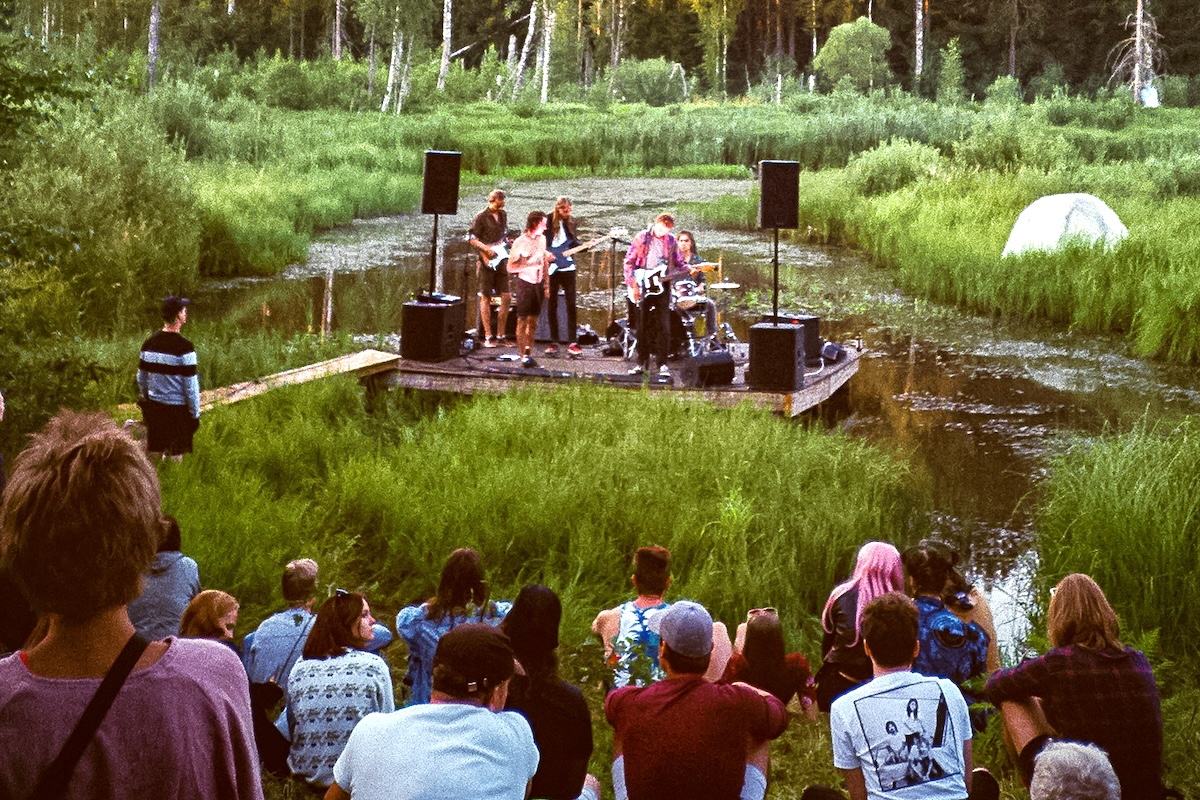Skift Take
The true success of any event hinges on one crucial factor — engagement. It cannot be forced; however, it must be cultivated by carefully weaving it into the fabric of an event.
Event engagement is far more than just participation. It involves activating all of one’s senses to create immersive and memorable encounters. By embracing a multi-sensory approach, engagement is enriched, fostering deeper connections and enhancing understanding.
“The key is to engage participants as they are, with all of their senses, and draw them in to create belonging,” says Devon Montgomery Pasha, CMP, CED, director of North America for the Event Design Collective and founder of DMP Creative, LLC.
“You created a cycle of empathizing, understanding, setting expectations, getting a desired result. And that was done by something as simple as asking what song you would like to hear,” says Pasha.
Martin Smith, better known as DJ Graffiti, is also an experience designer. “I create engagement with music, but often the process can be more important than the music,” said Smith. “For me, what really changed things was during Covid when I was able to have a two-way conversation with people.”
He interacts with audiences, asking them what they want to hear, and makes sure the experience helps achieve the objectives of the event. He re-engages people who are disengaged by making them feel seen and heard.
Pasha and Smith are sharing their insights on attendee engagement at Skift Meetings’ Future of the Events Industry 2024 virtual summit on February 28.
Starting Point
What attendees want to get out of the event is one of the first questions that should be addressed. “That should help create a strategy or a framework for how we’re going to approach the event itself,” says Smith. “Assessing the desired outcomes for all stakeholders should drive the event strategy.”
Identifying what the Event Design Collective describes as desired “exiting behavior” is a key to success, says Pasha. “We need the framework first before adding all of those beautiful threads that create a truly immersive and engaging experience for our key stakeholders,” she says.
Those who have the power to pull the plug on the event are a focus. And then there is the attendee group without whom the event is a moot point.
“Attendees are most important but should be the last thing we focus on. We must assess the desired outcomes of all stakeholders first,” says Smith.
“Then we use all of our expertise on engagement and experience design,” says Pasha.
Engagement starts before the event even begins with registration. Is everyone’s correct pronoun listed? Will there be a quiet place where I can retreat when I feel overwhelmed? Will a variety of food and beverages that meet my dietary needs be served?
“All of those things woven together can get to that sense of belonging and activation. It’s our job to design the experiences overall to reach that desired aim and then start to add in those beautiful other elements of belonging and activation to make sure that people are where they need to be,” says Pasha. “You also have to understand their values and the expectations of the attendees and what they need to get from the event in return for giving of their time.”
Event Engagement On a Budget
Creating engagement doesn’t have to cost a great deal of money. For example, the European Meetings and Events Conference (EMEC) was meeting in the Netherlands with a constrained budget. Meeting Professionals International (MPI) volunteers were asked if they would be willing to pick up attendees at the airport. The answer was a resounding yes. Attendees were greeted by a local holding a sign with their name on it who drove them to the hotel they were staying in. “This cost absolutely nothing but as an engagement point had everyone talked about the entire conference,” says Pasha.
There are many multisensory tools that can help draw people in. Process versus outcome is also important.
The overarching themes of “Mastering Engagement: Weaving a Vibrant Tapestry of Connection” include the importance of content, but the design of engagement and outcome must come first.
Photo credit: Dibakar Roy / Unsplash






